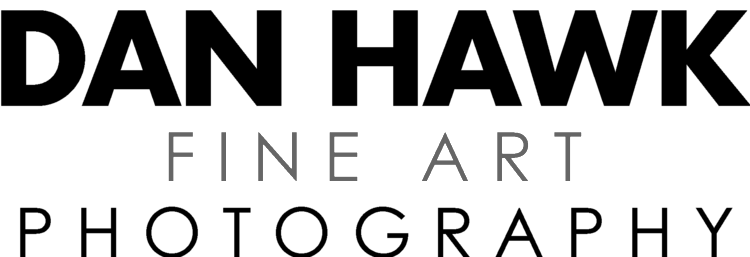Like many others, perhaps like you, I’m trying to figure out what to use as a replacement for Google Reader. I’ve used it for a few years as a way to keep up with the many authors, photographers and tech sites that I enjoy. In the past 2 years, I’ve begun to use an app called Reeder that adopted the Google Reader API, but gave me the content in a much more visually appealing fashion.
It works well on iPhone, iPad and my Macbook. I’ve used the actual Google webview at work as I can’t install software on my work machine for banking and investment compliance reasons. It’s been a pretty good solution thus far, but the Google Reader API was the engine driving all of this.
Since the news broke last Wednesday, there have been so many conversations about the future of RSS and of all the apps and services that have come to depend on this free service that Google is shutting down.
I tried out a few different alternatives over the weekend and I've found a few important things to consider in replacing it.
It would be really nice if I could use apps which are familiar. For this to work, would require a replacement for the Google Reader API. This would probaly be the option with the least amount of friction for most folks. The only piece that would be missing is a web view for times when viewing on your own device isn’t possible.
There are already some alternative apps for reading RSS feeds, but they use their own backend for pulling in content. The issue here is that Google has built a pretty amazing and efficient way to pull in all of the stuff you want to see and keep track of what’s new. When you use other systems, they ‘get’ the content for you, but there is no cental record of read status.
I’ve been trying out Feedly for a few days and it shows some definite promise. They're working on a replacement for the Google Reader API called Normandy. I really like the web view, but it is dependant on a Browser extension. That doesn’t work for me as I can’t install extensions at work. The apps are clean and show good visual design, but are perhaps a bit overkill compared to my RSS readers like Byword and NetNewsWire.
I’ll update as I continue working through this stuff. In the meantime, Google Reader will keep working until July 1st.
If you subscribe to this site via RSS, just keep watching here and I'll give you some alternatives. If not, you can follow me on Twitter or sign up to have posts delivered to your inboxdaily.

